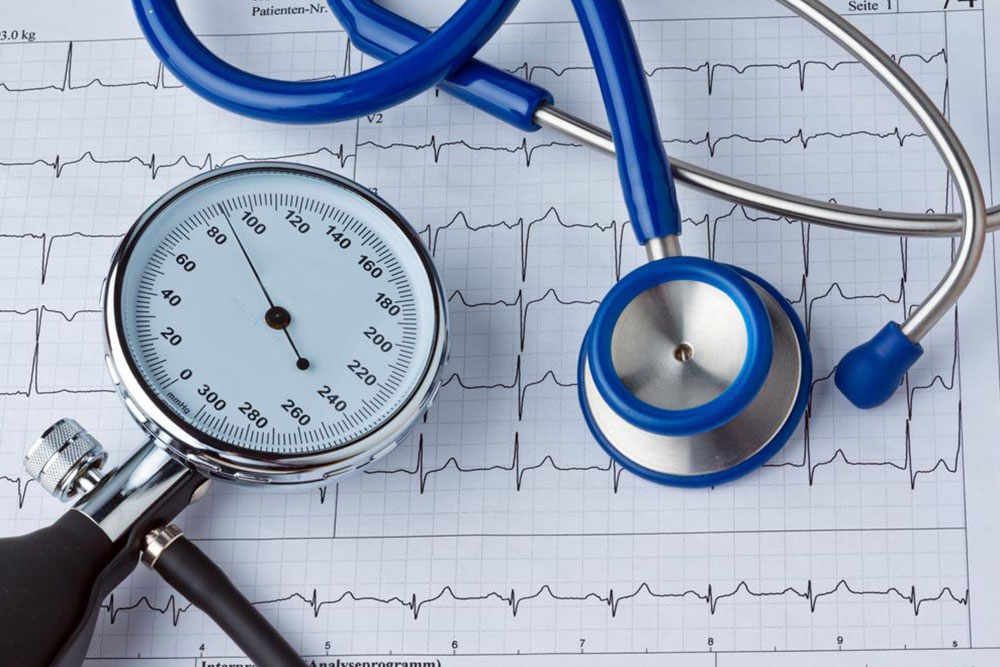Comprehensive Guide to Monitoring and Understanding Blood Pressure Levels for Better Heart Health
This comprehensive guide explains how to accurately measure and interpret blood pressure readings. It emphasizes the importance of regular monitoring, understanding different blood pressure categories, and lifestyle modifications to maintain heart health. Perfect for individuals seeking to prevent hypertension and related cardiovascular diseases, this article provides practical tips and detailed insights into managing blood pressure effectively for a healthier life.

Mastering Blood Pressure Readings: How to Interpret and Manage Your Numbers
Maintaining blood pressure within recommended healthy ranges is fundamental to preserving overall health and preventing cardiovascular diseases. Blood pressure monitoring is a vital aspect of health management, enabling early detection of potential issues before symptoms manifest. Understanding how to accurately read and interpret these numbers empowers individuals to take proactive steps toward better heart health. In this comprehensive guide, we will explore the intricacies of blood pressure measurement, the significance of each component, and practical tips for maintaining optimal levels.
Blood pressure, expressed as two numbers—systolic and diastolic—reflects the force exerted by circulating blood on the walls of arteries. These measurements are crucial indicators of cardiovascular health, influenced by various factors including age, lifestyle, and underlying medical conditions. Grasping the meaning of these readings can help you identify unhealthy patterns and seek appropriate interventions.
The heart functions as the body’s pump, propelling blood through a network of vessels. When the heart contracts during each beat, it generates pressure known as systolic blood pressure, which measures the force exerted on artery walls at that moment. A normal systolic value is less than 120 mm Hg. This number accounts for the maximum pressure in your arteries when your heart actively pushes blood out.
In contrast, diastolic blood pressure measures the pressure in arteries when the heart is at rest between beats. During this phase, the heart refills with oxygen-rich blood. Normal diastolic values are typically below 80 mm Hg. Both numbers are critical; elevated levels can increase the risk of health issues such as heart attacks or strokes.
While systolic pressure often garners more attention—especially for individuals over 50—it is crucial to consider both readings to assess cardiovascular risk comprehensively. Minor fluctuations are common and may not produce symptoms, but persistent high or low readings should prompt medical review. Regular monitoring is essential for early detection of hypertension and related conditions.
As people age, arterial stiffness and plaque accumulation tend to elevate systolic pressure. This age-related change underscores the importance of monitoring blood pressure over time. Specialized blood pressure charts segment normal ranges by age group, providing tailored guidance. While gender also influences these values slightly, measurement standards remain consistent across populations.
Blood pressure is measured in millimeters of mercury (mm Hg). To ensure precision, it's recommended to take multiple readings at different times of the day—preferably at least one minute apart—and avoid caffeine, smoking, or intense physical activity at least 30 minutes before measurement. Proper technique, such as ensuring the cuff is at heart level and seated comfortably, enhances accuracy.
Understanding the different blood pressure categories helps in managing health proactively:
Prehypertension: Readings consistently between 120-139/80-89 mm Hg suggest prehypertension, signaling the need for lifestyle modifications to prevent progression to hypertension.
Stage 1 Hypertension: Blood pressure readings in this stage often require lifestyle changes and may include medication depending on overall risk profile.
Stage 2 Hypertension: Usually demands more intensive treatment combining medication and lifestyle interventions to lower the risk of complications.
Hypertensive Crisis: Readings exceeding 180/110 mm Hg require immediate medical attention. Symptoms such as chest pain, visual disturbances, or weakness may be present. If such high readings occur without symptoms, recheck after five minutes; if still elevated, seek emergency care without delay.
Frequency of blood pressure monitoring varies by individual risk factors. For generally healthy adults, an annual check-up suffices; however, individuals with risk factors or borderline readings should monitor their levels more frequently—monthly or quarterly—to keep track of trends.
Home blood pressure monitoring is a practical approach to managing your cardiovascular health. Using a validated device, learning proper measurement techniques, and maintaining a detailed log can provide valuable data for your healthcare provider. Consistent self-monitoring enhances awareness and informs timely treatment adjustments.
High blood pressure is often referred to as the 'silent killer' because it typically produces no noticeable symptoms until significant damage occurs. Therefore, routine checks and informed management are key strategies in preventing heart disease, stroke, kidney damage, and other serious health conditions. Take control of your health today by understanding your blood pressure and taking steps towards a healthier lifestyle.





